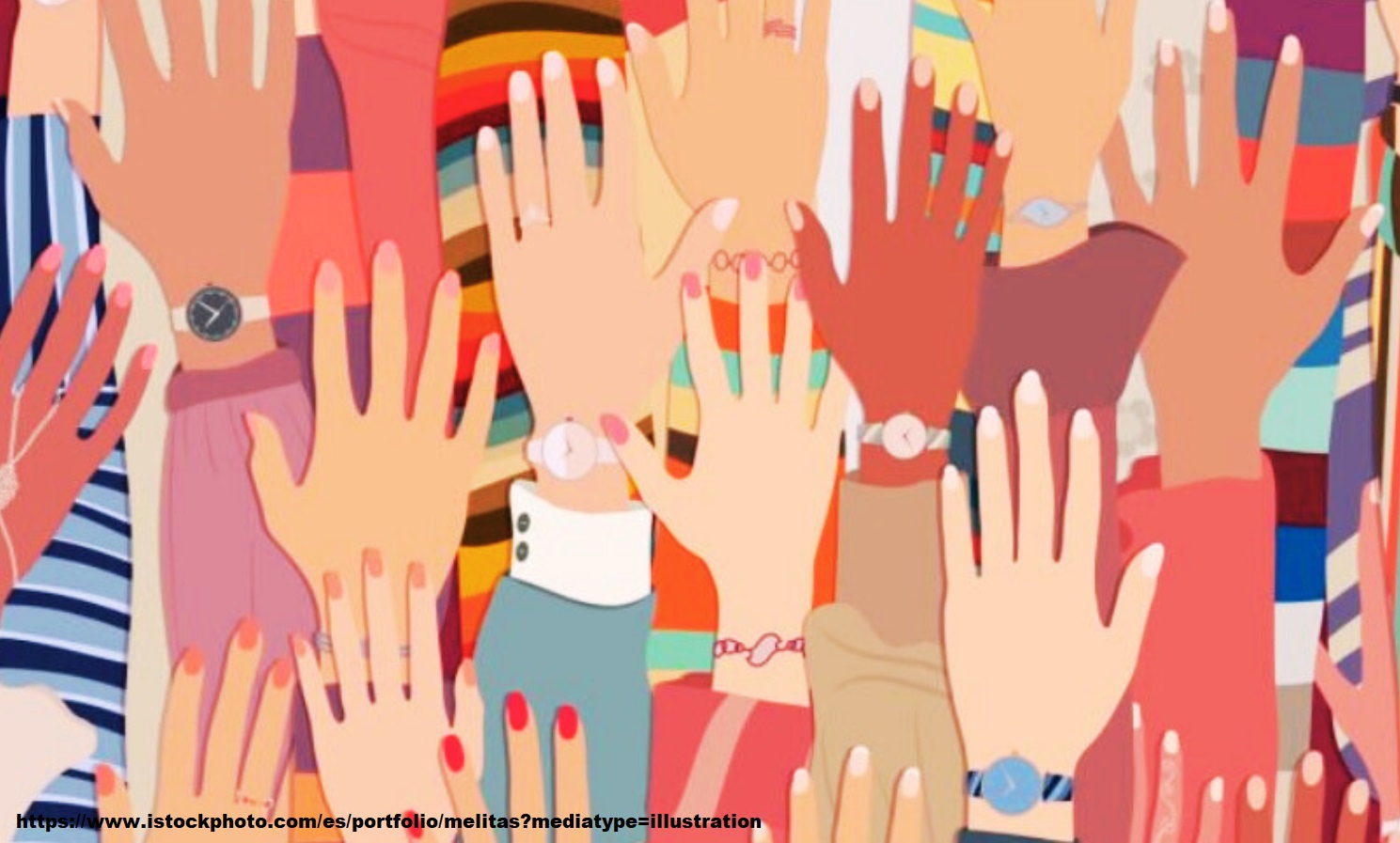“Pelle comune”: arte contemporanea e maschere di protesta
DOI:
https://doi.org/10.54103/2035-7680/23099Parole chiave:
intercorporeità; maschere; Mongrel; Pussy Riot; Jemima Wyman; Zach BlasAbstract
Alla luce del concetto di intercorporeità, il saggio esplora l’utilizzo della maschera – attributo identificativo di diversi movimenti di protesta – nei progetti artistici del collettivo Mongrel, delle Pussy Riot, di Jemima Wyman e di Zach Blas, che la rielaborano come dispositivo di costruzione di un’identità collettiva utile a smantellare le categorie discriminatorie di etnia, genere, classe e orientamento sessuale presenti nella società contemporanea. Nei lavori analizzati, la maschera permette di unire o, addirittura, ‘cucire’ simbolicamente tra loro i corpi dei manifestanti, così da realizzare un’anatomia ibrida, che affronta le differenze socio-culturali da una prospettiva alternativa e non gerarchizzante.
Metriche
Riferimenti bibliografici
Abreu, Manuel Arturo. “Think Different: Mongrel’s ‘Heritage Gold’ and the Commodification of Identity.” Rhizome, 26 January 2017. https://rhizome.org/editorial/2017/jan/26/think-different/. Consultato il 13 mag. 2023.
Althoff, Sebastian. “Inhabiting the Profile: Zach Blas’ Facial Weaponization Suite.” Intermédialités / Intermediality, no. 32, 2018. https://doi.org/10.7202/1058472ar. Consultato il 29 apr. 2023.
Baranchuk, Anna. “Pussy Riot, Carnivalesque Protest, and Political Culture Jamming in Russia.” Culture Jamming: Activism and the Art of Cultural Resistance, a cura di Marilyn DeLaure e Moritz Fink, New York University Press, 2017, pp. 365-390.
Bishop, Claire. “The Social Turn: Collaboration and Its Discontents.” Artforum International, vol. 44, no. 6, 2006, pp. 178-183.
Bishop, Claire, et al. “Toward Participatory Aesthetics: An Interview with Claire Bishop.” The Routledge Companion to Art and Politics, a cura di Randy Martin, Routledge, 2015, pp. 230-236.
Blas, Zach. “Invitation to Party, Mask Required.” Máscaras (Masks), a cura di João Laia, Valentinas Klimašauskas, Mousse Publishing, 2022, pp. 43-45.
---. “Opacities: An Introduction.” Camera Obscura, vol. 31, no. 2 (92), 2016, pp. 148-153.
---. “Facial Weaponization Suite 2012-14.” http://zachblas.info/works/facial-weaponization-suite/. Consultato il 29 apr. 2023.
---. “Facial Weaponization Communiqué: Fag Face, 2012.” http://zachblas.info/works/facial-weaponization-suite/. Consultato il 29 apr. 2023.
Blas, Zach, e Jacob Gaboury. “Biometrics and Opacity: A Conversation.” Camera Obscura, vol. 31, no. 2 (92), 2016, pp. 154-165.
Bourriaud, Nicolas. Esthétique relationnelle. Les presses du réel, 1998.
Braidotti, Rosi. Il postumano. DeriveApprodi, 2014.
Bruce, Caitlin. “The Balaclava as Affect Generator: Free Pussy Riot Protests and Transnational Iconicity.” Communication and Critical/Cultural Studies, vol. 12, no. 1, 2015, pp. 42-62.
Buffalo AKG Art Museum. “Mongrel.” https://buffaloakg.org/person/mongrel. Consultato il 29 apr. 2023.
Cull, Tamsin. “Jemima Wyman: The Power of Patterns.” QAGOMA, 1 September 2014, pp. 34-37. https://www.sullivanstrumpf.com/assets/Uploads/Cull-Tamsin.-Jemima-Wyman-The-Power-of-Patterns-Feature-QAGOMA-pp.34-37.pdf. Consultato il 24 apr. 2023.
de Vries, Patricia, e Willem Schinkel. “Algorithmic Anxiety: Masks and Camouflage in Artistic Imaginaries of Facial Recognition Algorithms.” Big Data & Society, vol. 6, no. 1, 2019, pp. 1-12. https://doi.org/10.1177/2053951719851532. Consultato il 24 apr. 2023.
El-Sheikh, Tammer, a cura di. Entangled Bodies: Art, Identity and Intercorporeality. Vernon Press, 2020.
Finkelpearl, Tom. What We Made: Conversations on Art and Social Cooperation. Duke University Press, 2013.
Fourmentraux, Jean-Paul. AntiDATA – La désobéissance numérique – Art et hacktivisme technocritique. Les presses du réel, 2020.
Fuchs, Thomas. “Intercorporeality and Interaffectivity.” Phenomenology and Mind, no 11, 2016, pp. 194-209.
Fuller, Matthew. “The Mouths of the Thames: An Interview with Mongrel and Some of the People Working with Them.” Nettime, 14 Feb. 1999.
https://www.nettime.org/Lists-Archives/nettime-l-9902/msg00077.html. Consultato il 24 apr. 2023.
González, Jennifer. “The Face and the Public: Race, Secrecy, and Digital Art Practice.” Camera Obscura 70, vol. 24, no. 1, 2009, pp. 37-65.
Hansen, Mark B.N. “Affect as Medium, or the ‘Digital-Facial-Image’.” Journal of Visual Culture, vol. 20, no. 2, 2003, pp. 205-228.
Hardt, Michael, e Antonio Negri. Empire. Harvard University Press, 2000.
Insert Press. “The People: Anna Mayer, Jemima Wyman, & CamLab Ep. 5.” Insert Press. https://insert.press/blogs/the-people/8323358-the-people-anna-mayer-jemima-wyman-camlab-ep-5. Consultato il 21 apr. 2023.
Jackson, Lucy. “Jemima Wyman’s Neo-Camouflage: Jemima Wyman talks to Lucy Jackson about two of her works in Iconography of Revolt.” City Gallery Wellington, 8 Nov. 2018. https://citygallery.org.nz/blog/jemima-wymans-neo-camouflage/. Consultato il 15 apr. 2023.
Kester, Grant H. Conversation Pieces: Community and Communication in Modern Art. Updated edition, University of California Press, 2013.
Larsson, Chari. “Thronging Bluff Face: Jemima Wyman’s many masks.” Artlink, vol. 37, no. 4, 2017, pp. 36-41.
Lee-Morrison, Lila. Portraits of Automated Facial Recognition: On Machinic Ways of Seeing the Face. transcript Verlag, 2019.
Meyer, Christian, et al., a cura di. Intercorporeality: Emerging Societies in Interaction. Oxford University Press, 2017.
Miekus, Tarnia. “Interview: Jemima Wyman on the urgency of protesting.” Art Guide Australia, 24 Nov. 2022. https://artguide.com.au/interview-jemima-wyman-on-the-urgency-of-protesting/. Consultato il 22 apr. 2023.
Mirzoeff, Nicholas. The Right to Look: A Counterhistory of Visuality. Duke University Press, 2011.
Mongrel. “Mongrel.” Sito ufficiale del collettivo. http://www.mongrel.org.uk/mongrel/Mongrel.html. Consultato il 7 mag. 2023.
---. “Mongrel Project National Heritage.” http://www.mongrel.org.uk/mongrel/cont1.html. Consultato il 7 mag. 2023.
Nossel, Suzanne. “Introduction: On “Artivism,” or Art’s Utility in Activism.” Social Research, vol. 83, no. 1, Spring 2016, pp. 103-105.
Paulsen, Kris. “Rogue Pixels: Indexicality and Algorithmic Camouflage.” Signs and Society, vol. 6, no. 2, 2018, pp. 412-434.
Ruiz, Pollyanna. “Revealing Power: Masked Protest and the Public Sphere.” Cultural Politics, vol. 9, no. 3, 2013, pp. 263-279.
Rule, Nicholas O., e Nalini Ambady. “Brief Exposures: Male Sexual Orientation Is Accurately Perceived at 50 ms.” Journal of Experimental Social Psychology, vol. 44, 2008, pp. 1100–1105.
Shell, Hanna Rose. Hide and Seek: Camouflage, Photography, and the Media of Reconaissance. Zone Books, 2012.
Tumbas, Jasmina. ““The Criticality of Activism Needs to Be Applied to Art”: A Conversation with Jemima Wyman.” Camera Obscura, vol. 31, no. 2 (92), 2016, pp. 195-203.
Tunali, Tijen. “The Art of Resistance: Carnival Aesthetics and the Gezi Street Protests.” ASAP/Journal, vol. 3, no. 2, 2018, pp. 377-399.
Dowloads
Pubblicato
Come citare
Fascicolo
Sezione
Licenza

Questo lavoro è fornito con la licenza Creative Commons Attribuzione - Condividi allo stesso modo 4.0.




